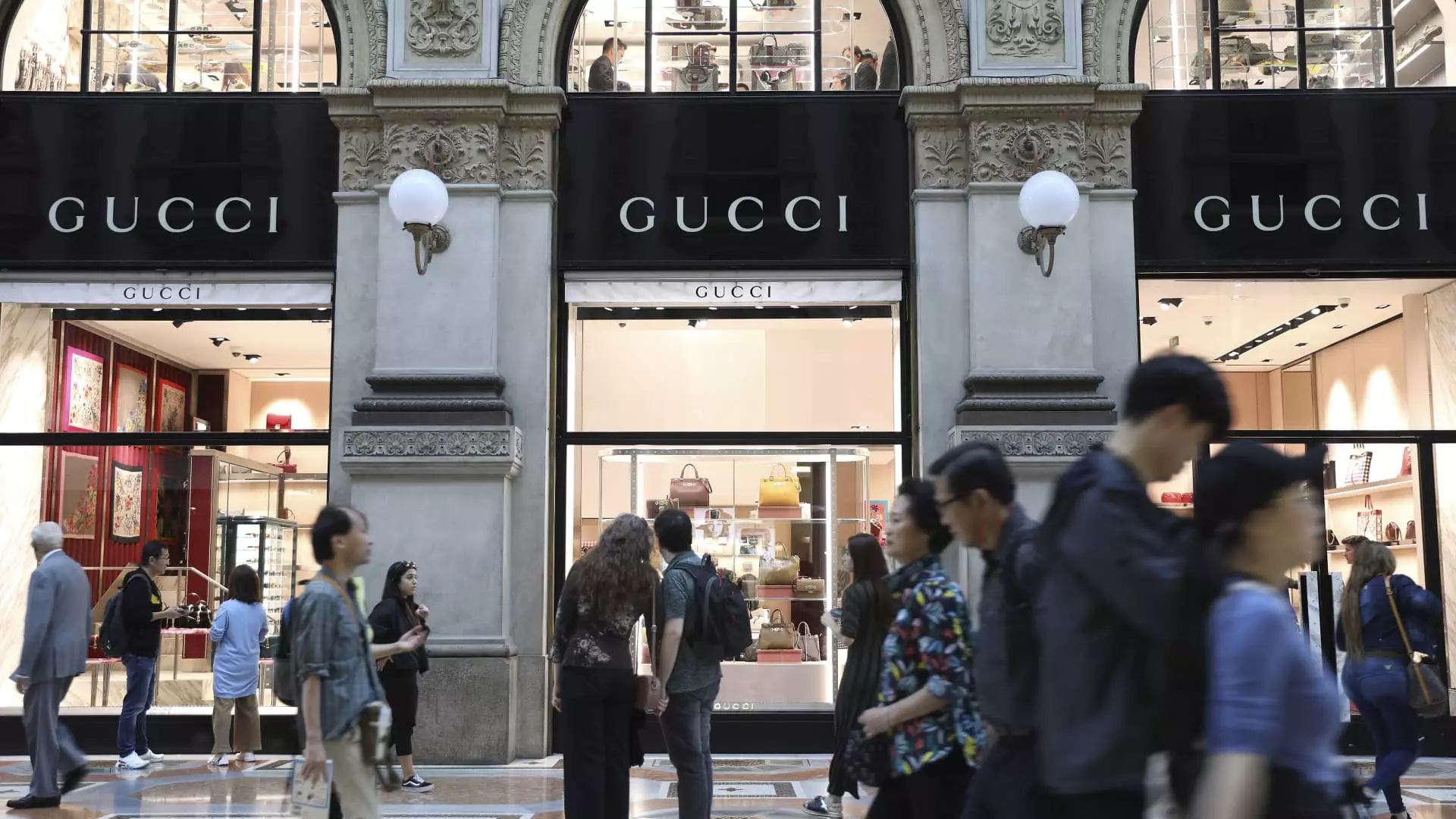The luxury goods market in Europe, once viewed as perpetually thriving, has encountered significant turbulence in recent years. However, as 2024 unfolds, there are glimmers of hope amid a complex landscape marked by economic pressures and changing consumer behavior. Insights drawn from analysts and recent earnings reports reflect both an encouraging outlook and pressing concerns, particularly surrounding weak demand in China and the ramifications of potential U.S. tariffs.
Signs of Recovery Among Iconic Brands
Recent earnings from some of the globe’s most prestigious luxury brands signal a revival, indicating that the sector may be riding out a turbulent phase. Hermes, renowned for its iconic Birkin bags, remarkably posted record fourth-quarter sales, reinforcing the notion that the luxury market is not entirely doomed. This sentiment resonates with other major brands like LVMH and Kering that also exceeded quarterly forecasts, generating optimism around a common recovery trajectory. As Simone Ragazzi from Algebris Investments articulated, while 2024 presented challenges, normalization is anticipated, particularly in the latter half of the year.
Luca Solca, a senior analyst at Bernstein, echoed this sentiment, suggesting that the dire straits experienced during the third quarter of 2024 may soon be in the rearview mirror. Driven largely by robust consumer spending in the U.S. and Europe, the luxury sector appears poised for a cyclical rebound, bolstered by consumer confidence and shifting purchasing priorities. However, the sector’s future remains fraught with uncertainty, particularly regarding the hitherto critical Chinese market.
The Uncertain Future of Chinese Consumption
Historically, China has played an integral role in the luxury sector’s growth narrative, acting as a dependable backbone for consumer spending. Yet, analysts observed that recent sales figures coming from brands like L’Oréal and Gucci speak to a recurring weakening of this important market. As affluent Chinese consumers tighten their spending, this leaves the brands relying heavily on this demographic in a precarious position. The implications of declining sales in China pose a threat to the recovery efforts of luxury brands across Europe.
Moreover, analysts have noted that elevated global uncertainties—exemplified by talks of U.S. tariffs on European imports—could further complicate the luxury sector’s revival. The prospect of tariffs under former President Donald Trump’s administration potentially signals an economic landscape where consumer sentiment may falter, especially in regions like China that are sensitive to pricing.
As the cost of business potentially rises due to tariffs, both Kering and Hermes hinted at the prospect of adjusting their pricing strategies. While this might seem a logical response to mitigate revenue losses, the issue of justifying increased prices looms large. Zuzanna Pusz from UBS noted that while some companies could endure price hikes, others would face more scrutiny from cost-sensitive consumers who are now leaning towards more selective purchasing decisions.
In a challenging economic environment, luxury brands will likely need to balance exclusivity with accessibility. Carole Madjo of Barclays pointed out that certain brands have faced penalties for failing to innovate and maintain value, emphasizing the new consumer mindset: buy less, but buy better. The drive towards higher quality and meaningful luxury experiences will fundamentally reshape how brands approach marketing and product development.
As the luxury landscape continues to shift, analysts warn of a growing chasm between brands that adapt effectively and those unable to keep pace with changing consumer tastes. Brands like Richemont and Hermes have demonstrated resilience and continued popularity among high-end consumers, whereas others may struggle to maintain relevance amid intensifying competition and rising expectations for innovation.
The very definition of luxury is evolving. Analysts like Ragazzi underscore that today’s affluent consumers are increasingly discerning, demanding a narrative of quality and authenticity over mere labels. Consequently, luxury brands must focus on refining their offerings and articulating their unique value propositions to thrive in an increasingly selective market.
While the outlook for Europe’s luxury sector has improved following a period of uncertainty and decline, significant hurdles remain. The ongoing issues surrounding Chinese consumption and the potential consequences of increasing tariffs underscore the complexities within the industry. Moving forward, brands will need to innovate consciously and foster deeper connections with their consumers to withstand the headwinds they face. The future of luxury in Europe may very well hinge on how well these brands navigate through this challenging yet transformative phase.

